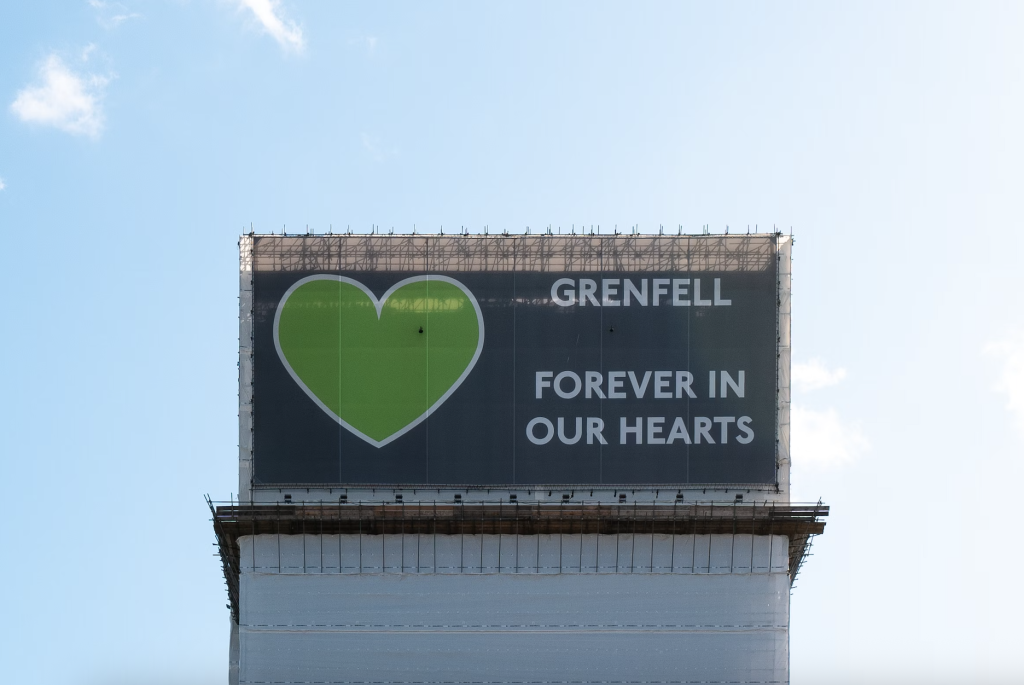Charles Seifert founder of ItBox. highlights the potential implications if the Building Safety Act was extended to hotels in the autumn.
Rumours suggest that the Building Safety Act 2022, or BSA for short, will be amended in 2025. This would include hotels within the scope of this legislation. Act now applies to all residential buildings that are over 18 meters tall, have seven storeys or more, or contain at least 2 residential units.
It is not surprising that hotels could be included in the Act, given that it was created to address the failures of building design, construction, and management that led to Grenfell, where 72 people lost their lives.
What does this mean for the Hotel Sector?
At this time, there are no details on how the legislation could be applied to hotels. In order to evaluate its potential impact, it is a good idea to start by looking at the requirements for the 14,000 residential properties currently included in the scope.
The article is primarily focused on existing buildings or buildings with higher risk (HRB) as defined by the law, and not on those that are under construction or planned. Developers have also made significant changes to the way they obtain approval and build new HRBs.
What is BSA’s purpose?
The Act’s intent is simple: it aims to reduce the risk that a structural or fire incident will occur in an HRB. The inherent risks of such an incident should be understood and known in order to put strategies in place that will reduce the risk to which residents may be exposed.
The Act is a major disruptor for the residential sector. The new Building Safety Regulator was created to oversee and enforce the law. The BSR has been given the task of calling in each of the existing 14,000 HRBs over a five-year period starting April 2024, to determine whether the Safety Case Report (SCR), prepared by the landlord, meets certain safety requirements.
The BSR is currently one year into the new regime and they are struggling to process assessments; at the time of writing, they have issued a handful of Building Assessment Certificates (BAC) – a certificate to confirm that a higher-risk building meets specific legal duties related to fire safety and structural integrity. It is likely that as more buildings get called-in, buildings that have passed the assessment and been issued with a BAC will be recognised as ‘safe’ buildings, which in turn will impact on apartment capital values.
If BACs are part of hotel assessments, then holding one could be a factor that influences how guests decide where to stay. It may influence demand, rates, and in the end, the asset or investment value of the property.
How does the assessment process work?
The BSR requires that the person or persons responsible for the safety and security of the residents in a building, also known as the AccountablePerson or Principal Accountable Person, submit a report.
Three core elements are essential to this submission:
- Building Safety Case Report (BSCR) – a document that outlines how an HRB’s safety risks are identified, managed, and mitigated. It’s a summary of a building’s case for safety, showing the steps taken to guarantee the safety of its residents.
- Mandatory Occurrence Reporting (MOR) – requires the PAP or AP to report safety incidents and risks related to HRB’s to the BSR. This system allows for the identification of potential safety issues and prompt action.
- Resident Engagement Strategy (RES) – a plan that outlines how the PAP will engage with residents on building safety matters. This is to ensure that residents are informed and consulted about building safety issues, as well as able to participate in those decisions.
Landlords face a big challenge in that they must understand and be aware of the risks associated with their building before they can write a BSCR. In order to create this, a ‘golden thread’ of building safety information is required.
Important information includes:
- Detail of the original structural design.
- Details of the external walls build up.
- The fire safety measures that are in place within the building.
- Detail of the compartmentation of apartments (to stop orslow down the spread of a fire).
- Details on the fire-stopping.
- Details about the safety management system
The amount of data that landlords hold can vary greatly, and is often determined by the age of a building. The BSR responds to a submitted SCR with many detailed questions, and may ask for additional information. In many cases, the PAP is asked to provide previous statements.
If, for example, the PAP specifies that a fire compartmentation of 60 minutes is required, the BSR will want to know (through intrusive investigation) if the actual construction meets the original specifications.
What will the future hold for the Hotel Sector?
It is probable that, based on the current scale of work of the BSR, if the HRB definition is changed to include hotel, there will be some transitional period.
It is my best advice for hotel owners and operators to start preparing as soon as possible. There is significant complexity in meeting compliance requirements, and the incentive to get this right is that guests will be reassured that they are staying in a ‘safe’ building.
BSR has the power to bring criminal charges against PAPs if they get it wrong. This can lead to unlimited fines and even jail sentences.


